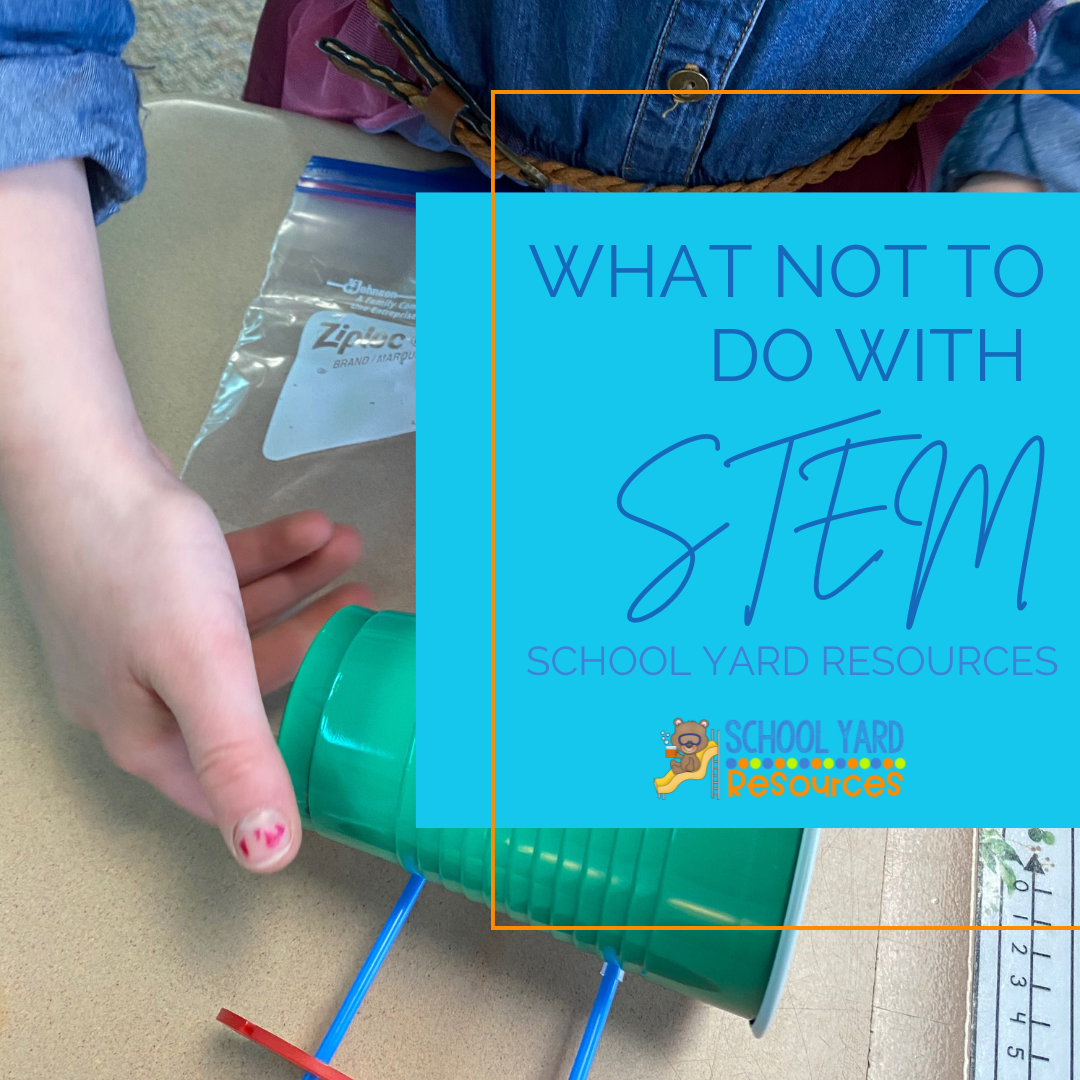As a teacher, incorporating STEM activities and hands-on engineering projects into your lesson plans can be an engaging and effective way to teach your students important skills in science, technology, engineering, and math. However, there are a few "issues" to avoid in order to ensure that your STEM activities are successful and beneficial for your students. After incorporating STEM education each year for over 15 years now, I'm sharing my top 7 DON'T's with you today!
Here are seven things not to do when teaching STEM activities and hands-on engineering projects:
1.Don't make it boring. STEM activities and engineering projects should be exciting and hands-on, not just a series of boring lectures or worksheets. Engage your students by making the activities interactive and by incorporating real-world examples and applications. Project Based Learning can be a great springboard to adding real-world connections!
2.Don't make it too difficult. STEM activities and engineering projects should be challenging, but not so difficult that your students become frustrated and give up. Make sure to differentiate instruction and provide support for students who may need extra help. If it becomes too hard for them, have them share what they would have done if given MORE time. Then it is okay to finish up and move on.
3.Don't make it too easy. On the other hand, don't make your STEM activities and engineering projects so easy that they are not challenging for your students. You want to push your students to think critically and problem-solve, so make sure the activities are appropriately challenging for their skill level.
4.Don't neglect the other subjects. STEM activities and engineering projects should not be isolated from the rest of the curriculum. Instead, try to incorporate reading, writing, and other subjects into your STEM activities to provide a well-rounded educational experience for your students.
5.Don't forget to assess. It's important to assess your students' progress and understanding during STEM activities and engineering projects. This can be done through formal assessments, such as quizzes or tests, or through informal assessments, such as observations and discussions with your students.
6.Don't skip the debrief. After completing a STEM activity or engineering project, take time to debrief with your students and discuss what they learned, what challenges they faced, and how they can apply their newfound knowledge and skills to other situations. This will help solidify their learning and prepare them for future.
7.Don’t forget that STEM is not just a “filler”. Utilizing your time during reading, math, science and social studies is a perfect opportunity to add hands on learning to those lessons! Find ways to use a picture book or reading theme to add a challenge. Social Studies is also great way to add a STEM activity such as building a community out of recyclables and let’s not forget math…area and perimeter is a great place to start! Use STEM challenges during your intervention time, too! It’s not just to fill time it’s too enhance it!
Don't worry, if you make a mistake as you implement a STEM challenge, there is always a learning curve in anything you try. Your kids will appreciate the hands-on activity and you will soon reap the benefits of giving it a try!
Let's make school child's play!
···


